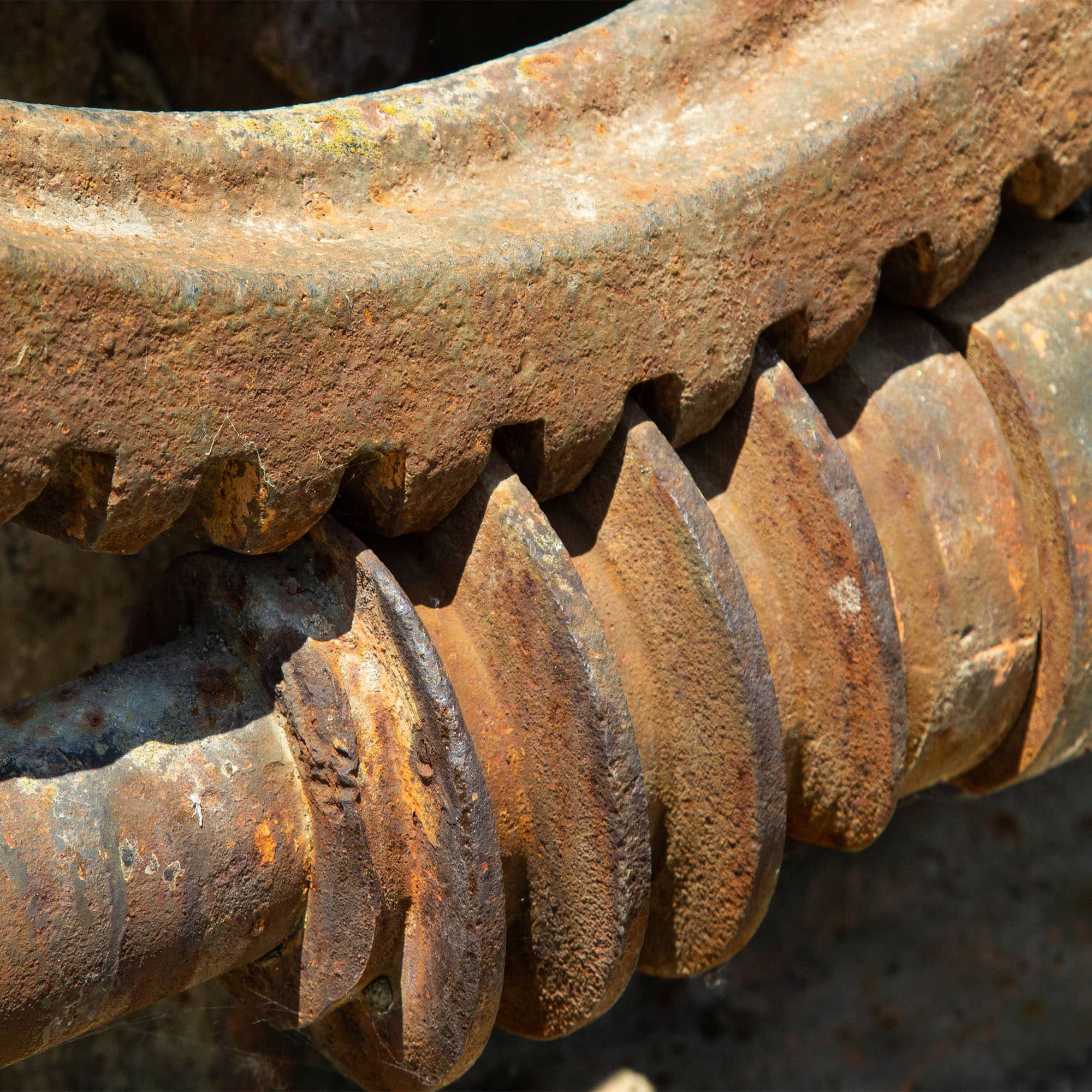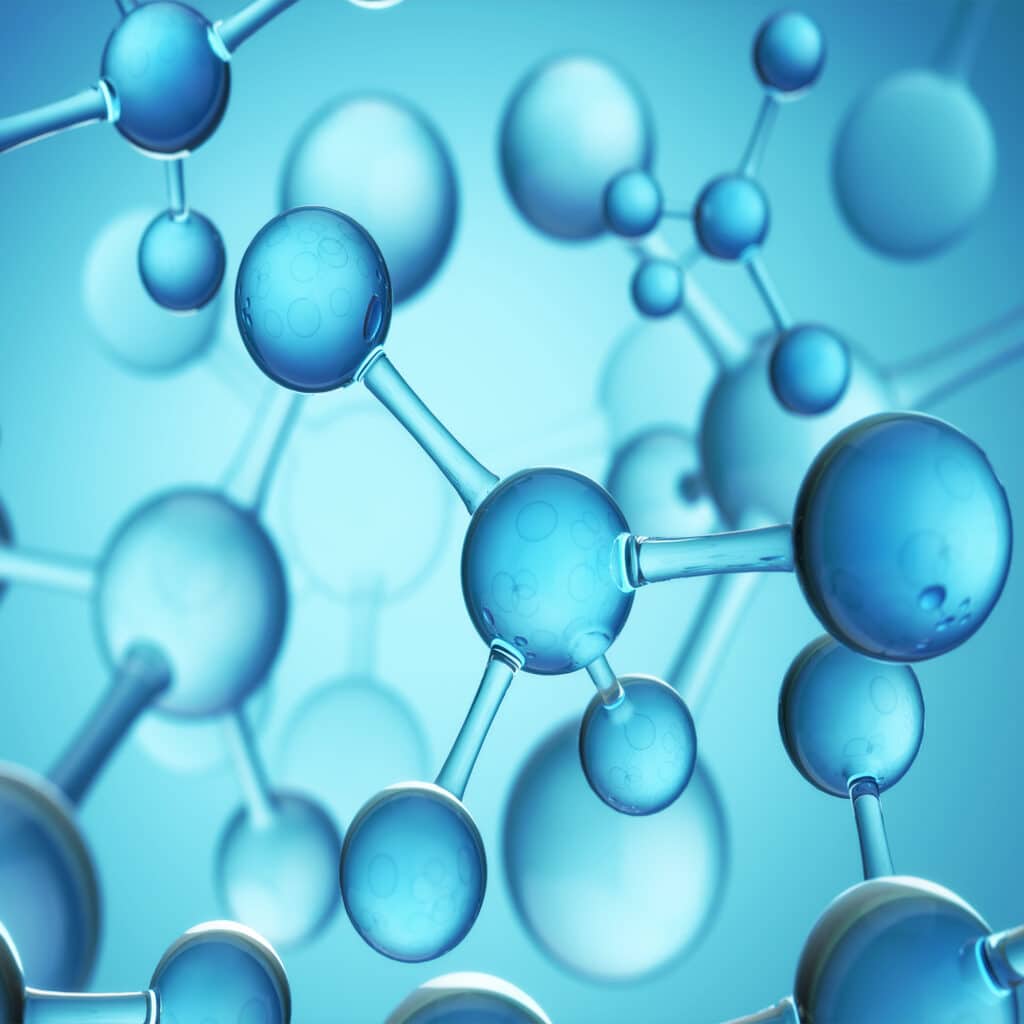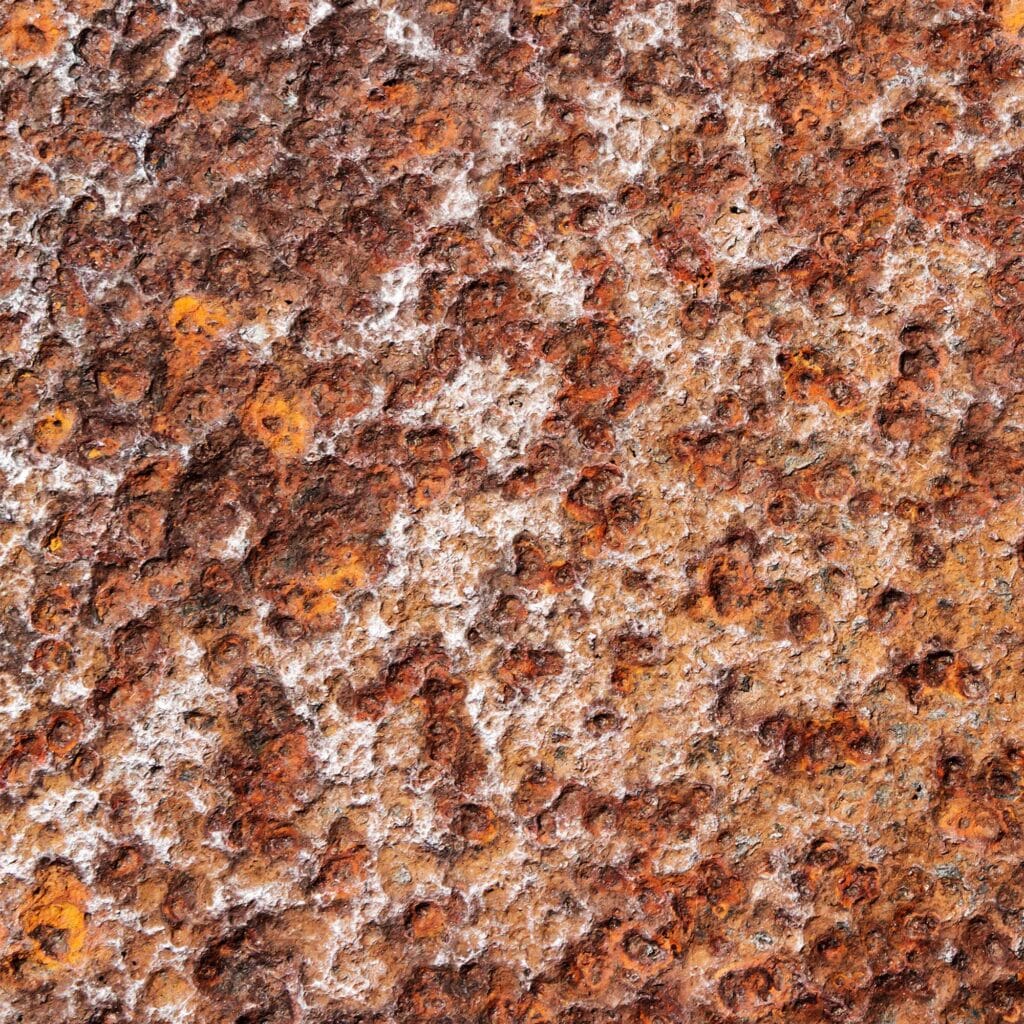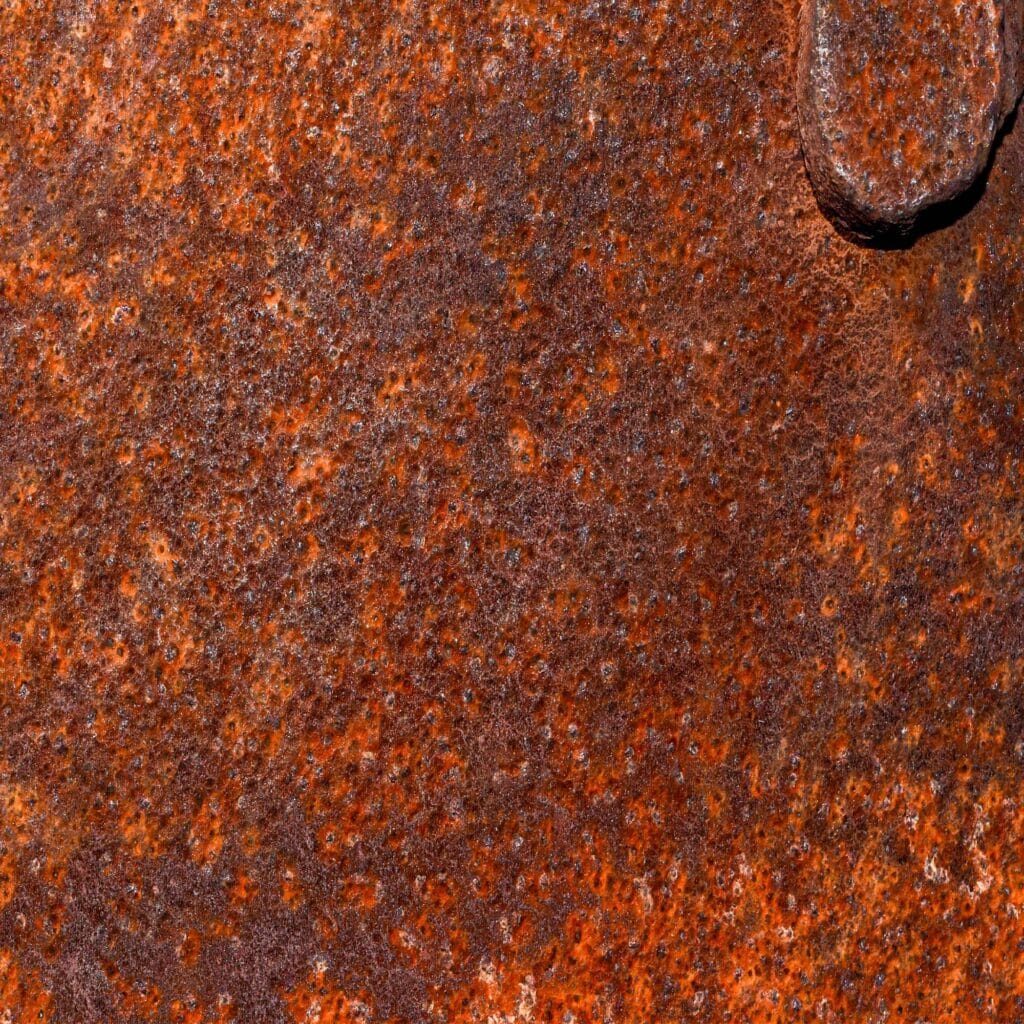Overview
The Basics of Corrosive Wear
There are various factors that influence the action of corrosive wear in industrial applications. These variables include:
- Environment: Considerably the most influential factor in the speed at which corrosive wear can occur would be the operating environment. Chemical composition, temperature, and humidity can greatly affect the rate of chemical attack, influencing the extent of corrosive wear.
- Material Properties: The corrosion resistance, hardness, and fatigue resistance of the materials involved play a significant role in determining their susceptibility to corrosive wear.
- Surface Chemistry: The chemical properties of the surface, such as passivity and the presence of surface films, can affect the corrosion process and consequently the wear behavior.
- Electrochemical Factors: The electrochemical properties of the materials, such as galvanic potential and corrosion potential, can influence the rate of corrosion wear by determining the electrochemical reactions that occur on the surface.
- Protective Coatings: Various types of functional coatings can help solve the problems of corrosive wear by providing protective layers on metal surfaces. Nickel and chromium are common types of coatings used to combat corrosion. For even better protection, chromium can be overlayed on top of a nickel coating to combine the high wear resistance of chromium with the exceptional corrosion resistance of nickel.
- Proper Lubrication: In some cases, use of appropriate lubricants that contain corrosion inhibitors can also be beneficial in slowing the process of wear in components where moisture buildup is common.
- Environmental Controls: While not always possible, control the operating environment by minimizing exposure to aggressive chemicals or solvents, reducing temperature fluctuations, and controlling humidity levels to reduce the rate of wear caused by corrosion.
- Maintenance and Monitoring: Corrosion can be difficult, if not impossible, to completely eliminate from machined components operating in harsh environments. However, regularly inspecting and maintaining mechanical systems to identify and address early signs of wear will help prevent premature failures and costly downtime for extensive repairs.
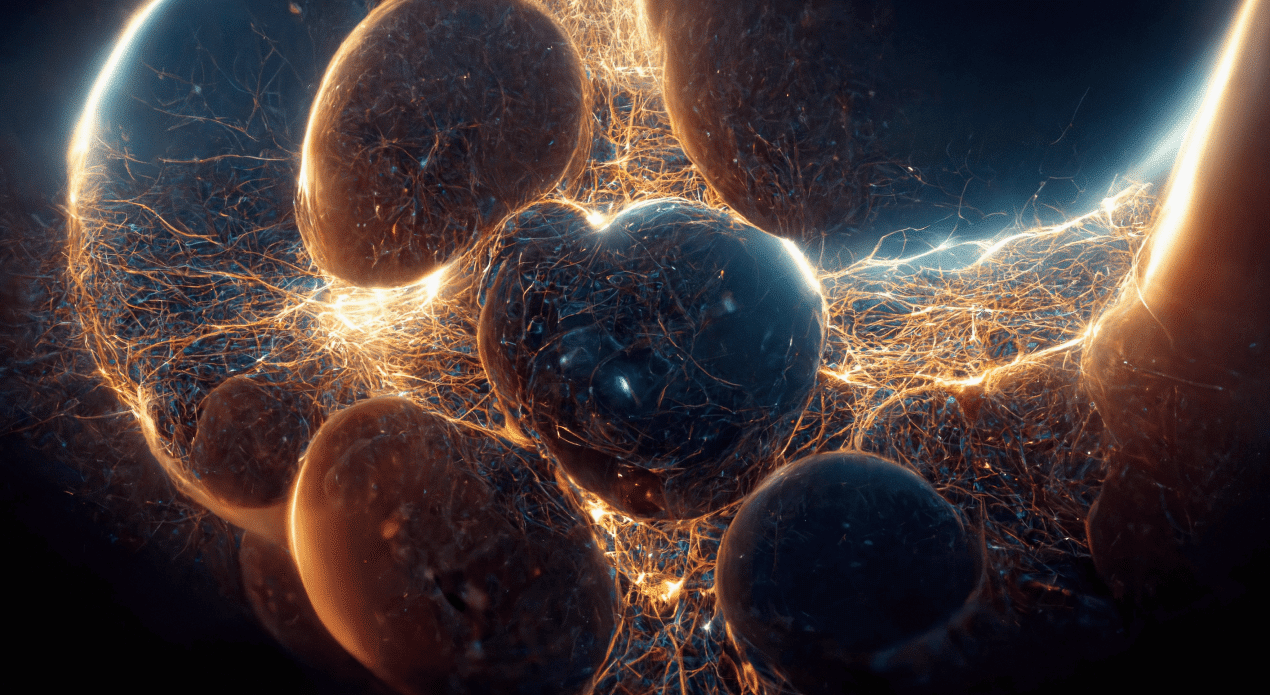
Armoloy's Solution to Corrosive Wear
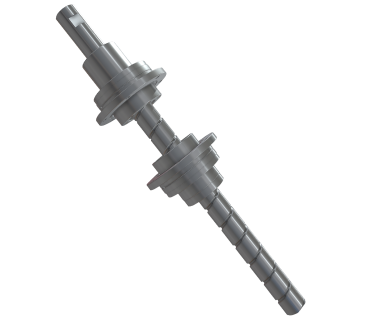
Armoloy offers multiple metal surface treatments with varying levels of protection from the common causes of wear by corrosion. Offering both broad-spectrum and industry-specific applications, our protective metallic coatings add significant value through increased performance and decreased revenue losses from unplanned maintenance and downtime.
Our protective coatings ensure a thin, precise coat that won’t impact production, but will improve surface hardness and prevent environmental defects. Beyond increasing wear life, Armoloy tailors our metallic coatings based on the specific requirements of your application and industry.
Beyond the Lab: Metal Failures in Narrative Form

Partner With Us
Eliminate corrosion from your operations. Meet our group of curious, innovative engineers and learn how we can help improve your industry with science-based solutions.

